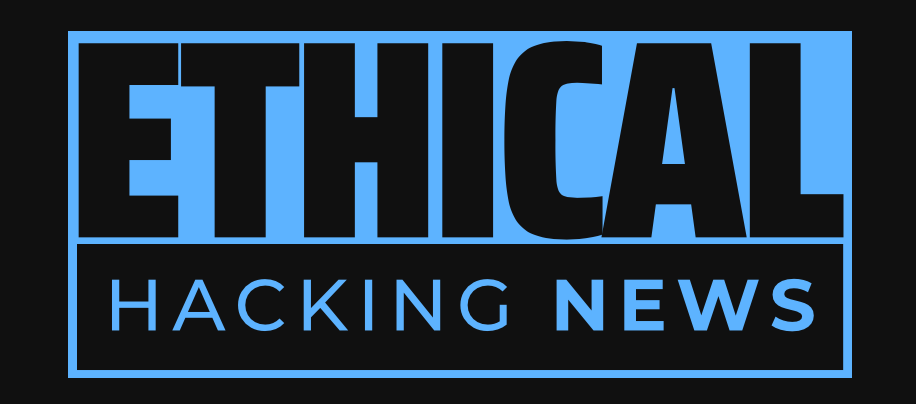Ethical Hacking News
Browser security has become a critical vulnerability point for enterprises, with traditional controls failing to address the evolving threat landscape. As GenAI tools and AI browsers emerge as new attack surfaces, organizations must prioritize browser security over other areas to protect sensitive data and prevent future breaches.
The browser has emerged as a critical vulnerability point in enterprise security. Browser extensions are the most widespread and least governed supply chain, posing significant risks to organizations. Nearly half of employees use GenAI tools through unmanaged accounts, outside of IT visibility, exacerbating the problem. AI browsers integrate large language models into traditional browser security risks, creating new concerns over AI usage. Organizations must adopt a new approach to browser security that focuses on browser-native visibility and capabilities. The future of enterprise security hinges on adapting to the evolving threat landscape, prioritizing browser security over other areas.
The browser, once a humble tool for accessing websites and applications, has emerged as a critical vulnerability point in enterprise security. A recent report by The Hacker News highlights the alarming state of browser security, revealing that traditional controls are no match for the new threat landscape. As organizations continue to rely on cloud-based workflows, AI-driven tools, and SaaS applications, the browser has become an unmanaged supply chain, teeming with hidden risks and vulnerabilities.
At the heart of this issue is the proliferation of browser extensions, which have become the most widespread and least governed supply chain in enterprise environments. A staggering 99% of users have at least one extension installed, yet over half grant high or critical permissions, making them a prime target for malicious actors. The report notes that 26% of extensions are sideloaded, while 54% are published by Gmail accounts, with no verification, updates, or accountability. This lack of governance has created an environment where attackers can easily inject scripts and steal sensitive data.
The rise of GenAI tools has further exacerbated the problem, as nearly half of employees use these tools through unmanaged accounts, outside of IT visibility. The report finds that 77% of employees paste data into GenAI prompts, with 82% of those pastes coming from personal accounts. This trend is alarming, as it reveals that sensitive data is being transferred to cloud-based services without the necessary security controls.
Another emerging threat surface is the realm of AI browsers, which blend traditional browser security risks with new concerns over AI usage. These browsers, such as OpenAI's Atlas and Arc Search, integrate large language models directly into the browsing layer, enabling them to read, summarize, and reason over any page or tab in real time. While these tools offer seamless productivity and contextual assistance to users, they represent a significant blind spot for enterprises.
The risks associated with AI browsers are multifaceted, including session memory leakage, which exposes sensitive data through AI-powered personalization; invisible "auto-prompting," which sends page content to third-party models; and shared cookies that blur identity boundaries, enabling potential hijacks. These risks are further compounded by the lack of enterprise-grade guardrails around these tools.
The report also highlights a concerning trend: 6% of GenAI-related extensions are classified as malicious. This finding underscores the need for more effective security controls, which can detect and prevent the misuse of AI-powered tools.
To address this emerging threat landscape, security teams must adopt a new approach that focuses on browser-native visibility and capabilities. Traditional tools like DLP, EDR, and SSE are no longer sufficient to protect against these threats. Instead, organizations require modern browser security platforms that can monitor copy/paste and uploads across apps, detect unmanaged GenAI tools and extensions, enforce session isolation and SSO everywhere, and apply DLP to non-file-based interactions.
The future of enterprise security hinges on the ability to adapt to this evolving threat landscape. As the browser continues to emerge as a critical vulnerability point, organizations must prioritize browser security over other areas. This includes investing in modern browser security platforms, implementing robust governance policies around extensions and GenAI tools, and educating employees about the risks associated with these technologies.
The consequences of inaction will be severe. As the browser becomes increasingly vulnerable, sensitive data will continue to leak into cloud-based services without proper controls. Attackers will exploit this vulnerability to steal valuable intellectual property, compromise user identities, and disrupt critical business operations.
In conclusion, the browser's hidden vulnerability is a pressing issue that requires immediate attention from enterprise security leaders. By adopting a new approach to browser security and investing in modern tools and technologies, organizations can protect themselves against emerging threats and ensure the continued integrity of their data and systems.
Related Information:
https://www.ethicalhackingnews.com/articles/The-Browsers-Hidden-Vulnerability-How-Enterprise-Security-Leaders-Must-Adapt-to-the-Evolving-Threat-Landscape-ehn.shtml
https://thehackernews.com/2025/11/new-browser-security-report-reveals.html
Published: Mon Nov 10 07:44:04 2025 by llama3.2 3B Q4_K_M

